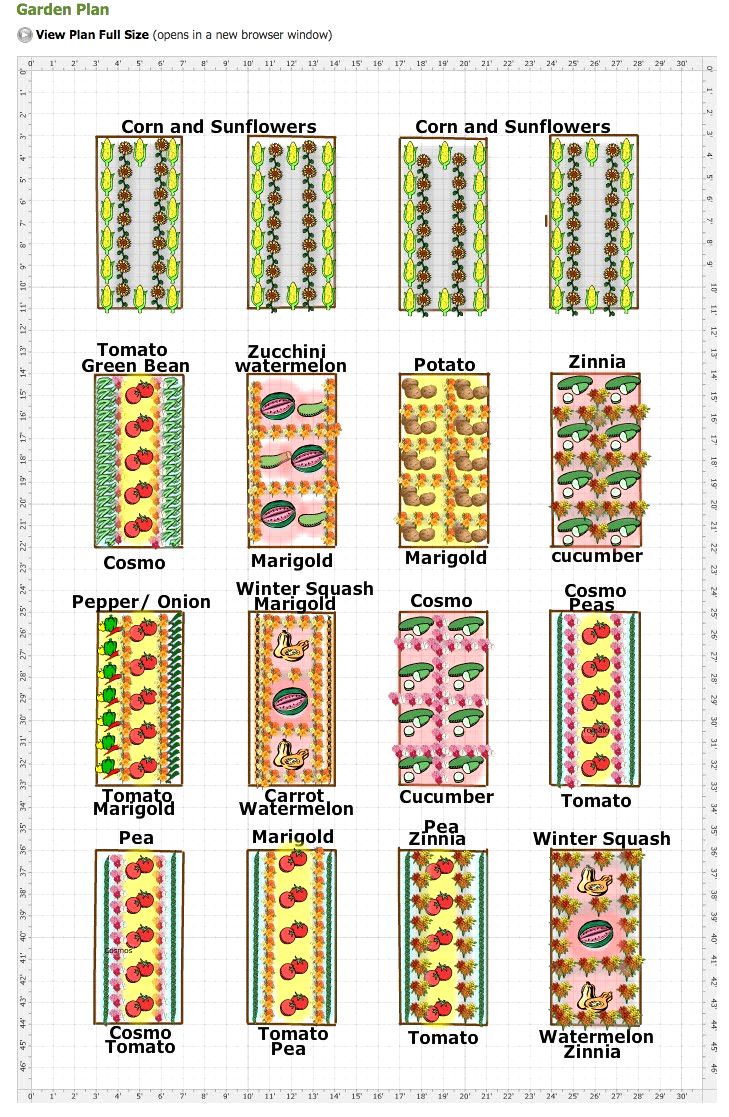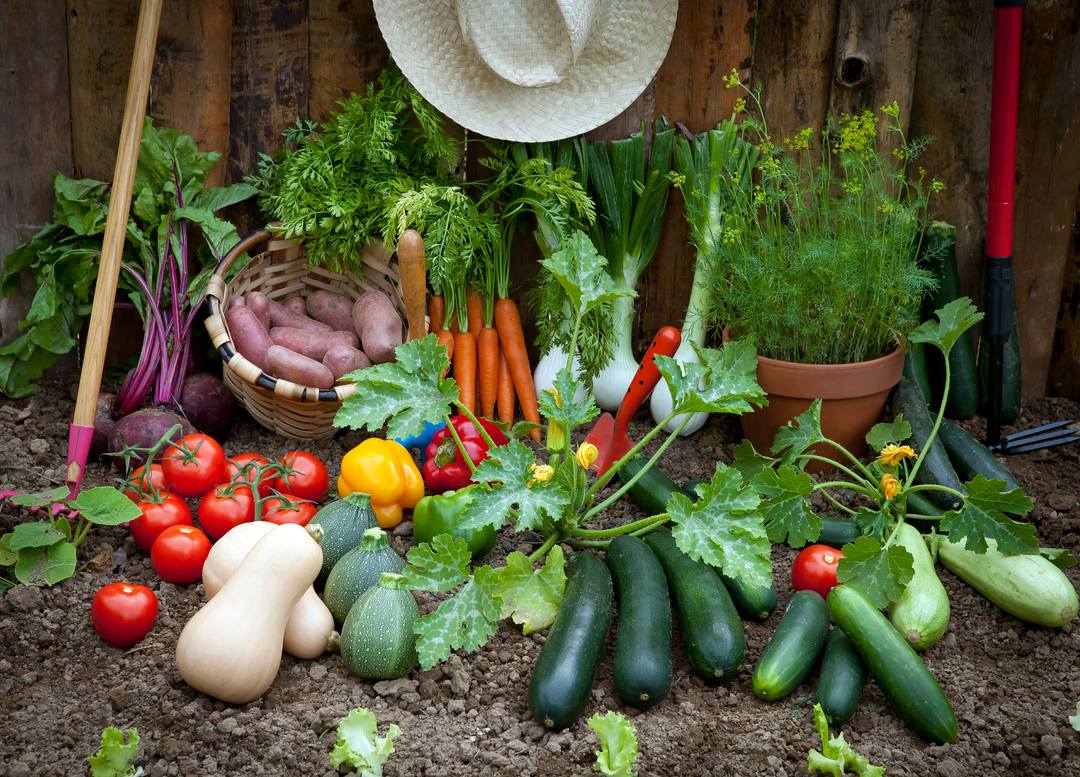How to Start a Vegetable Garden at Home: A Comprehensive Guide

Are you dreaming of biting into a crisp, homegrown tomato or savoring the crunch of freshly picked cucumbers? Starting a vegetable garden at home can be a rewarding journey that not only provides you with fresh produce but also offers a sense of accomplishment and connection to nature. Whether you're a seasoned gardener or a novice, this guide will walk you through the essential steps to create a thriving vegetable garden right in your backyard.
Why Start a Vegetable Garden at Home?
Imagine the satisfaction of harvesting your own vegetables, knowing exactly where they came from and how they were grown. Homegrown vegetables are not only fresher and more flavorful but also free from the pesticides and chemicals often found in store-bought produce. Plus, gardening can be a therapeutic hobby that reduces stress and promotes physical activity.
Garden Planning: The Foundation of Success
Before you dive into planting, it's crucial to plan your garden. Think of it like building a house—you need a solid foundation to ensure everything stands strong.
Choosing the Right Location
The first step in garden planning is selecting the perfect spot. Most vegetables need at least 6-8 hours of sunlight daily, so choose a location that gets plenty of sun. Avoid areas prone to flooding or with poor drainage.
Soil Preparation
The quality of your soil can make or break your garden. Test your soil's pH level to determine its acidity or alkalinity. Most vegetables prefer a pH between 6.0 and 7.0. If your soil is too acidic or alkaline, you can amend it with compost or other organic matter.
Selecting the Right Vegetables
Choose vegetables that you and your family enjoy eating. Consider the growing season and climate in your area. Some vegetables, like lettuce and spinach, thrive in cooler temperatures, while others, like tomatoes and peppers, love the heat.
Grow Vegetables: A Planting Guide
Now that you've planned your garden, it's time to get your hands dirty and start planting.
Seeds vs. Seedlings
Decide whether you want to start from seeds or buy seedlings. Seeds are cheaper but require more time and care. Seedlings are more expensive but offer a head start on the growing season.
Planting Techniques
Follow the planting instructions on the seed packet or seedling label. Generally, you'll want to plant seeds at a depth equal to two or three times their diameter. Space your plants according to the recommendations to ensure they have enough room to grow.
Watering and Fertilizing
Water your garden regularly, aiming for about an inch of water per week. Use a soaker hose or drip irrigation system to deliver water directly to the roots. Fertilize your plants with a balanced, organic fertilizer every few weeks to provide essential nutrients.
Garden Maintenance: Keeping Your Garden Thriving
Regular garden maintenance is key to a successful harvest. Think of it like caring for a pet—it requires consistent attention and love.
Weeding
Weeds compete with your vegetables for water, nutrients, and sunlight. Pull weeds regularly to keep them from taking over your garden. Mulching can also help suppress weed growth.
Pest Control
Pests can wreak havoc on your garden. Use organic pest control methods like companion planting, beneficial insects, and natural pesticides to keep pests at bay.
Harvesting
Harvest your vegetables at the right time to ensure the best flavor and texture. Some vegetables, like lettuce and spinach, can be harvested continuously as they grow. Others, like tomatoes and peppers, should be picked when they're ripe.
Tips for Success
Starting a vegetable garden at home can be a learning process. Here are some tips to help you along the way:
- Start small: Don't overwhelm yourself with a large garden. Start with a few vegetables and expand as you gain experience.
- Keep a garden journal: Record what you plant, when you plant it, and how it grows. This will help you learn from your successes and mistakes.
- Join a gardening community: Connect with other gardeners for advice, support, and inspiration.

Conclusion: Embrace the Journey
Starting a vegetable garden at home is a journey filled with rewards and challenges. From the satisfaction of harvesting your first crop to the lessons learned from failed experiments, every moment is an opportunity to grow. Remember, gardening is a lifelong learning experience. Embrace the journey, and enjoy the fruits (and vegetables) of your labor.
FAQs
1. What are the easiest vegetables to grow for beginners?
Some of the easiest vegetables to grow for beginners include lettuce, radishes, spinach, peas, and beans. These vegetables are relatively low-maintenance and grow quickly.
2. How often should I water my vegetable garden?
Aim for about an inch of water per week for your vegetable garden. Water deeply and less frequently to encourage deep root growth. Adjust your watering schedule based on rainfall and weather conditions.
3. Can I grow vegetables in containers?
Yes, many vegetables can be grown in containers. Choose compact varieties and ensure your containers have good drainage. Container gardening is a great option for those with limited space.
4. How do I deal with pests in my garden?
Use organic pest control methods like companion planting, beneficial insects, and natural pesticides. Regularly inspect your plants for signs of pests and take action early to prevent infestations.
5. What should I do with my garden at the end of the season?
At the end of the growing season, clean up your garden by removing dead plants and weeds. Add compost or other organic matter to the soil to improve its fertility. Consider planting cover crops to protect and enrich the soil over the winter.

Starting a vegetable garden at home is a rewarding endeavor that offers fresh produce, a sense of accomplishment, and a deeper connection to nature. With careful planning, diligent maintenance, and a willingness to learn, you can create a thriving garden that provides joy and nourishment for years to come. Happy gardening!
0 Response to "How to Start a Vegetable Garden at Home: A Comprehensive Guide"
Post a Comment